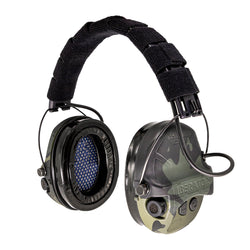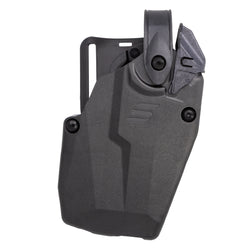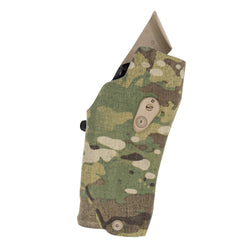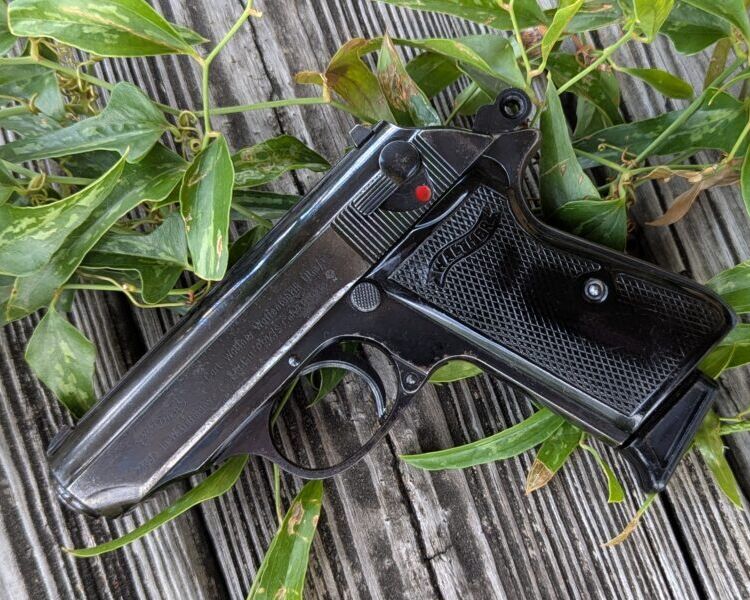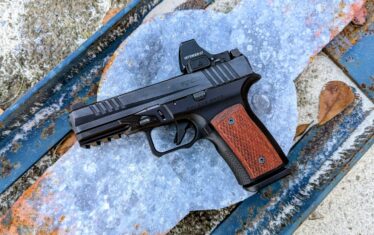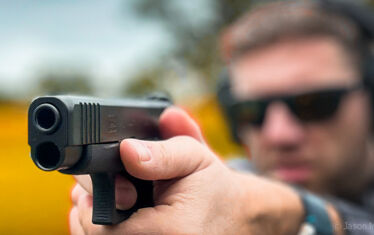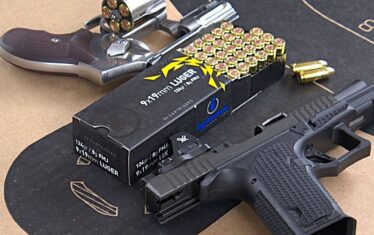Walther first designed the PP series of pistols in 1929. Over the years, the series has evolved into multiple models and become a pop culture phenomenon. The most famous is the iconic Walther PPK.
In today’s era of striker-fired, polymer-framed, double-stack pistols, the PPK looks dated. Yet Walther continues to produce them. They even introduce new models and configurations every few years.
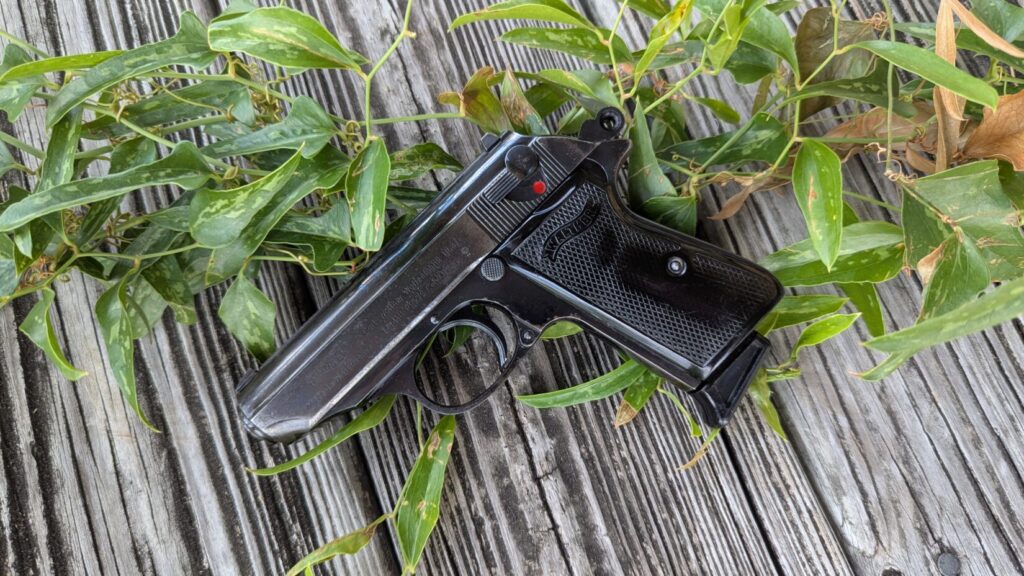
Most of these “new” models aren’t new, but rather reissued in configurations and calibers that were long out of production. For example, the PP series was recently reintroduced, and before that, the .32 ACP model of the PPK returned to the market. Walther has also offered threaded barrels and a variety of finishes.
Why does Walther continue to produce the PPK and PP series? The answer is easy: they sell. The real question is, why do people still buy them? Why have they never gone out of production?
Evolution of The Walther PP Series
Walther designed the PP series for police use. PP stands for Polizeipistole, or “Police Pistol.”
In 1931, Walther released the PPK, short for Polizeipistole Kriminal. The “Kriminal” refers to the Kriminalamt, a division of police detectives in Germany. It was a smaller pistol that was designed for plainclothes police.
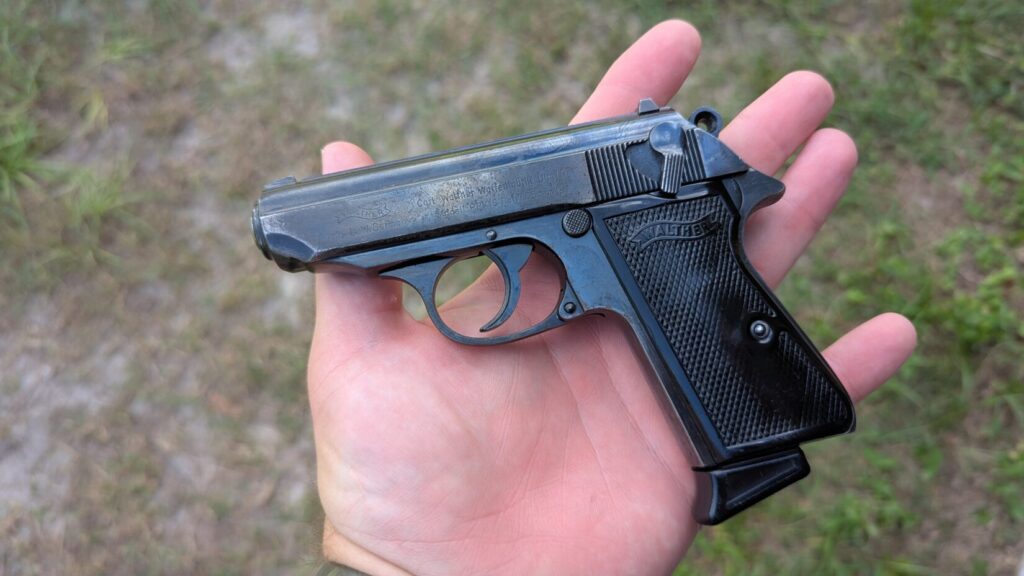
From the PPK came the PPK/S. In the late 1960s, new gun control legislation changed the import landscape. The Gun Control Act aimed to make it harder to import certain foreign-made pistols. The aim was to prevent the importation of the cheap “Saturday Night Specials” in large quantities.
The Act established a point system for import eligibility. The little Walther was too small to qualify, so the PPK/S was born, combining the PPK slide with the PP frame.
We’ve all seen the Glock 19X and the various other “crossover” guns that have become popular these days. Well, Walther did it first with the PPK/S.
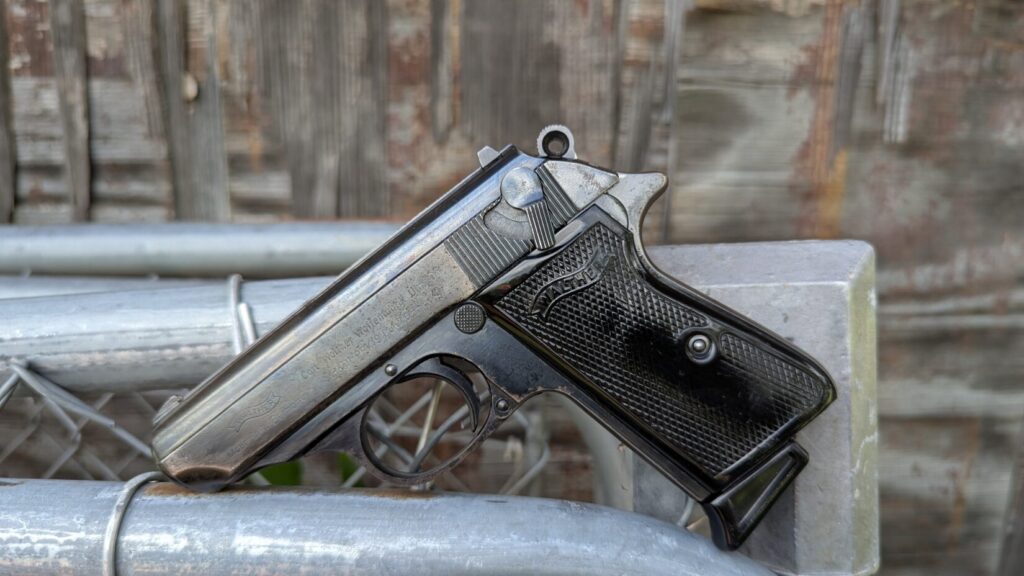
Then, there was the PPK-L, which used a lightweight aluminum frame rather than a steel frame.
In 1972, Walther introduced the PP Super. This all-steel PP model chambered the now-forgotten 9×18 Ultra. The PP Super never took off, and only about 2,000 were produced.
These days, Walther still produces the PPK, as well as the PPK/S and the PP. Calibers include .380 ACP, .22LR, and .32 ACP.
Why It Sticks Around?
Why does the PPK series stick around? The design isn’t complicated. It’s a straight blowback pistol that’s hammer-fired and uses a DA/SA action. In 1929, the design was innovative. DA/SA guns were new and becoming popular.
The DA/SA design featured a slide-based safety that acted as a decocker, which was another new feature for the modern market. The gun used a fixed barrel that doubled as a recoil guide rod. This allowed the gun to be much smaller than other pistols.
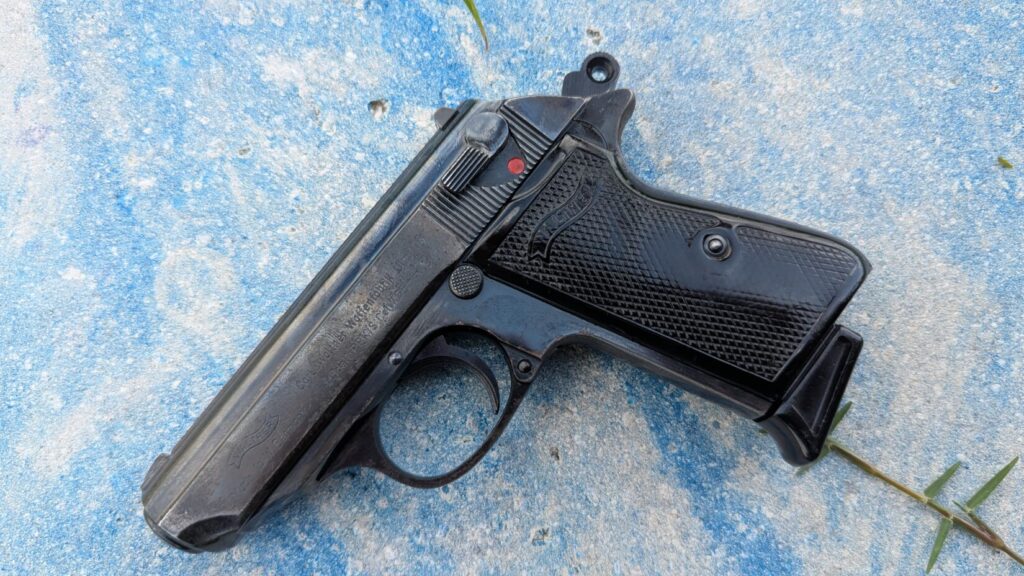
In 1929, this was the Bee’s Knees. Then the smaller PPK came out, and the gun shone as a concealed carry gun. The compact design and flat nature made it a great gun for discreet carry.
Mr. Bond, I Presume
The Walther PPK remains popular due to its cultural significance and its strong association with Ian Fleming’s fictional character, James Bond. Bond originally carried a .25 ACP Beretta, the same gun Ian Fleming carried during his service.
That changed after firearms expert Geoffrey Boothroyd wrote Fleming a letter, calling the Beretta a poor choice.
He told Fleming the Walther would be a better gun, and Fleming listened. Boothroyd would consult with Fleming a fair bit, and even inspired the character of Major Boothroyd, who would tell James Bond:
“Walther PPK. 7.65mm with a delivery like a brick through a plate-glass window. Takes a Brausch silencer, with little reduction in muzzle velocity. The American CIA swears by them.”
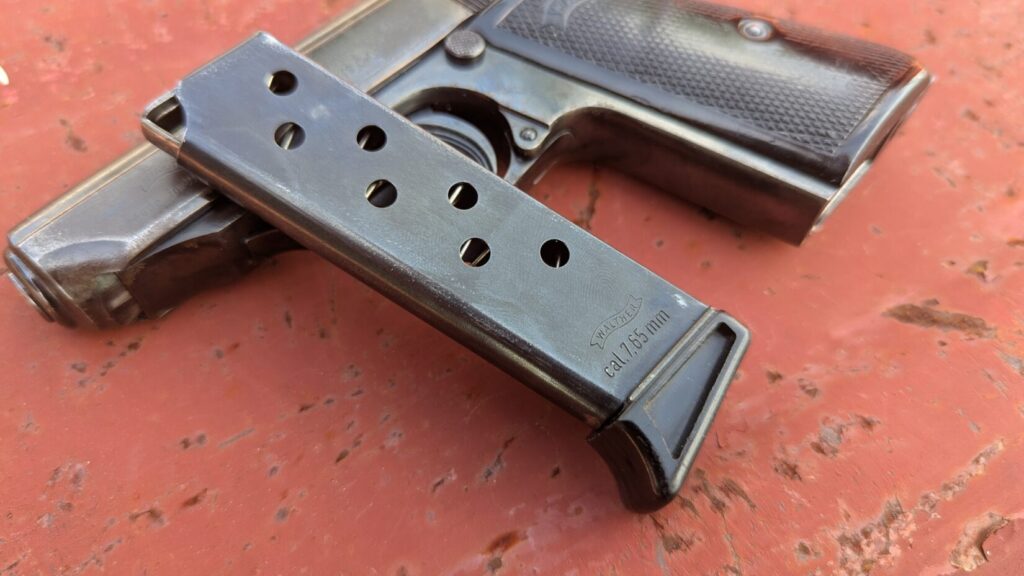
James Bond and the Walther PPK became so tightly associated that they are functionally inseparable. Bond made the PPK and Walther a household name in the United States and has helped continue to drive demand for the PPK.
Real-World Popularity Beyond Bond
Another big factor in the gun maintaining its popularity is that the design still works. Sure, it’s old, but the gun’s small, flat, and easy to carry. It’s not the optimum option, but it’s still a viable option for daily carry.
The .380 ACP is the PPK’s most popular caliber, but I’m a believer in the .32 ACP model. The .380 ACP has some harsh recoil and is unpleasant to shoot. The .32 ACP handles like a sports car, fast with little effort.
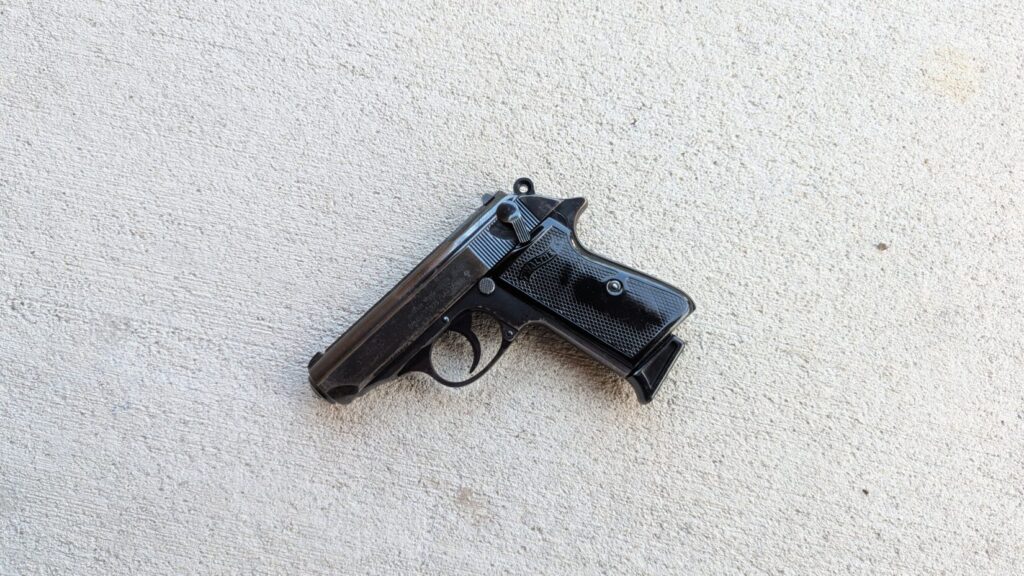
The design emphasized simplicity, and that simplicity led to a lot of copies. In fact, a good portion of the Soviet Union liked the design. The Soviet era Makarov was a copy of the PPK. The VZ 50 and 70 were Czech copies; the Hungarians copied the gun several times.
Around the world, companies like Bersa made their bread and butter copying the Walther. The Chinese, the Turks, and even some American companies copied the design. That’s staying power most guns will never have.
Handling And Shooting the PPK
Depending on the caliber, the PPK handles nicely. My .32 ACP version of the PPK/S is one of my favorite guns. It’s small and easy to shoot. The little .32 ACP doesn’t create much recoil.
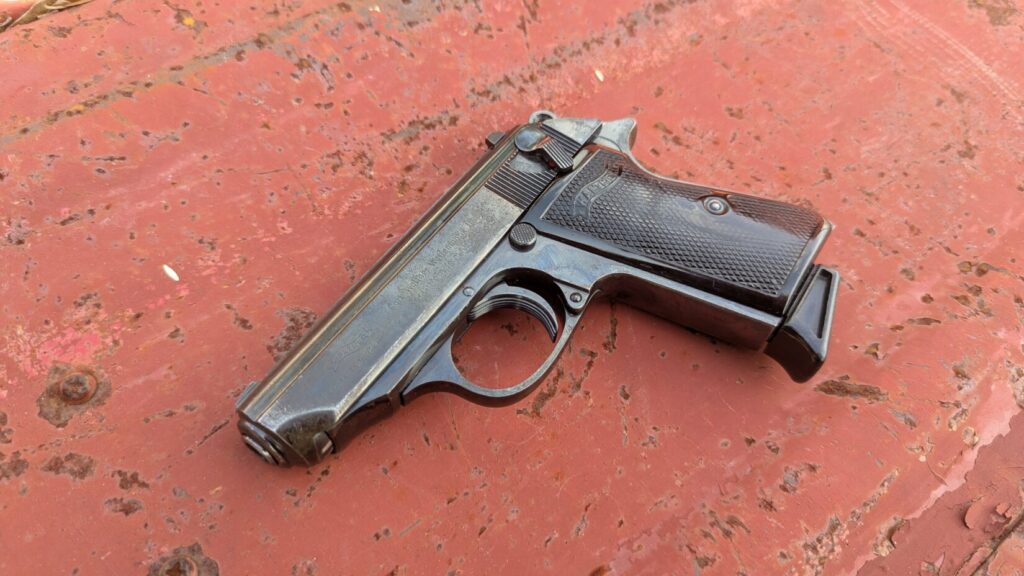
Shooting it fast and straight isn’t a challenge. At the beep of a shot timer, I can dump a magazine’s worth of ammo into a target in just a few seconds. It’s like a typewriter, but instead of a clack, we get a bang.
A fixed barrel helps you shoot straight, but the sights could be a bit bigger. They’re fine, but slow. If you get behind them just right, you’ll be impressed by the groups you can produce. Those groups will be shot in single-action because the double-action trigger is atrociously heavy.
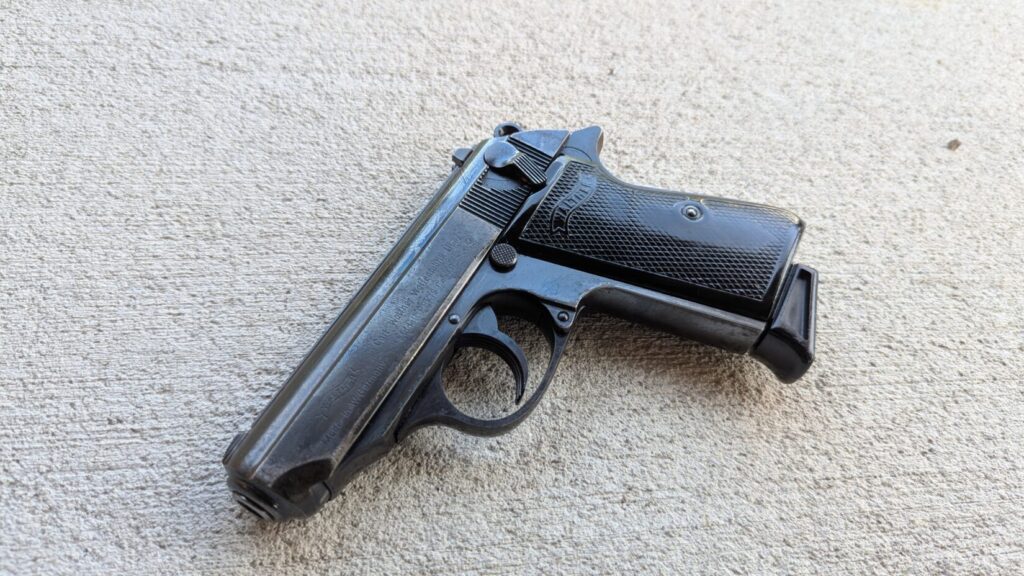
The blowback action creates a reliable gun that’s not all that picky. As a whole, the PP family of pistols are solid shooters. While they are old, they are among the few guns nearly a century old that can still be carried with total confidence. That’s some serious staying power.


